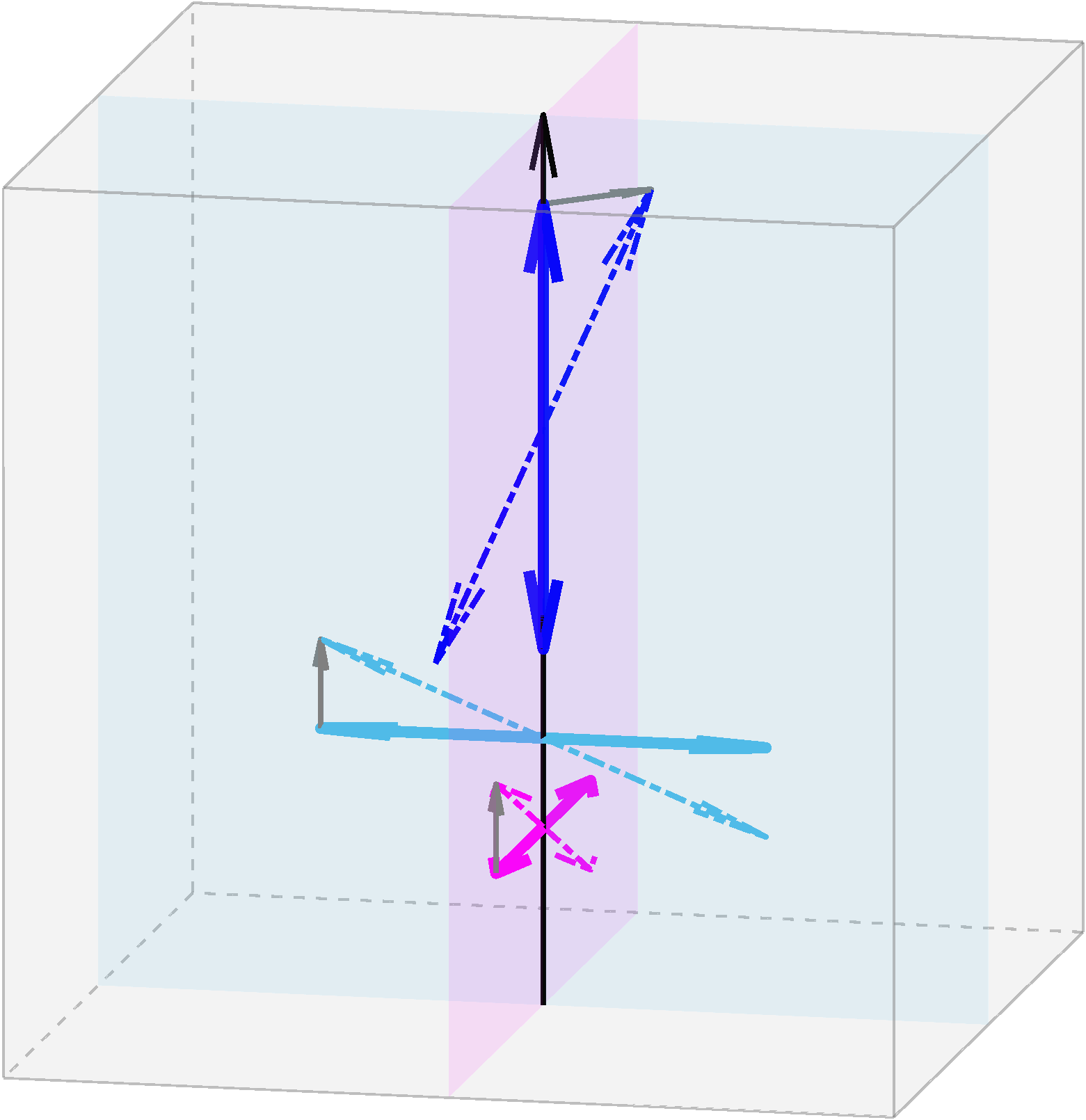|
Body-Wave Speeds and Polarizations in the Presence of an Initial Deviatoric Stress Understanding how propagations of seismic waves are influenced by different effects such as heterogeneities and anisotropy inside the Earth is the first step to utilize these waves to study the Earth’s interior. One effect that is typically ignored in seismic-wave propagation theories is the presence of non-hydrostatic or deviatoric initial stresses, which are commonly observed inside the Earth’s upper lithosphere and play an important role in the occurrence of earthquakes. In this project, the effect of initial deviatoric stresses on body-wave propagation is investigated. The first-order solutions of wave speeds and polarization directions of body waves propagating in a homogeneous and isotropic medium subject to an initial deviatoric stress are obtained. For a given propagation direction, the P-wave speed is affected by the initial deviatoric stress, and the P-wave polarization acquires a perturbation perpendicular to the propagation direction. In addition, the S waves travel at two distinct speeds, and the S-wave polarizations are in two orthogonal directions, which are constrained by the initial deviatoric stress and acquire a perturbation parallel to the propagation direction. The splitting of S-waves due to the presence of an initial deviatoric stress has several implications. Conventionally, shear-wave splitting observations are interpreted in terms of the anisotropy of the medium. However, the fact that the existence of an initial deviatoric stress in an otherwise isotropic medium also produces shear-wave splitting implies that the effect of initial deviatoric stresses could be mapped into the medium anisotropy. On the other hand, the effects of initial deviatoric stresses on seismic wavefield could be utilized to infer the state of stress within the Earth. |

|
Schematic diagram of body-wave propagation in a homogeneous and isotropic medium subject to an initial deviatoric stress. The medium is represented by a grey, transparent box, and the black arrow indicates the propagation direction. The solid blue, cyan, and magenta arrows indicate the unperturbed polarization directions of the P and the two S waves, respectively. The cyan and magenta planes define the directions of propagation and polarizations of the two S waves and are shown for better visualization purposes. Dashed arrows indicate the mutually orthogonal perturbed P- and S-wave polarization directions, whose perturbations are represented by solid grey arrows. |
|
Publications
Geng, Y., & Ishii, M. (2024). Body-wave speeds and polarizations in the presence of an initial deviatoric stress. Geophysical Journal International, 239(3), 1943-1952, doi:10.1093/gji/ggae369. |